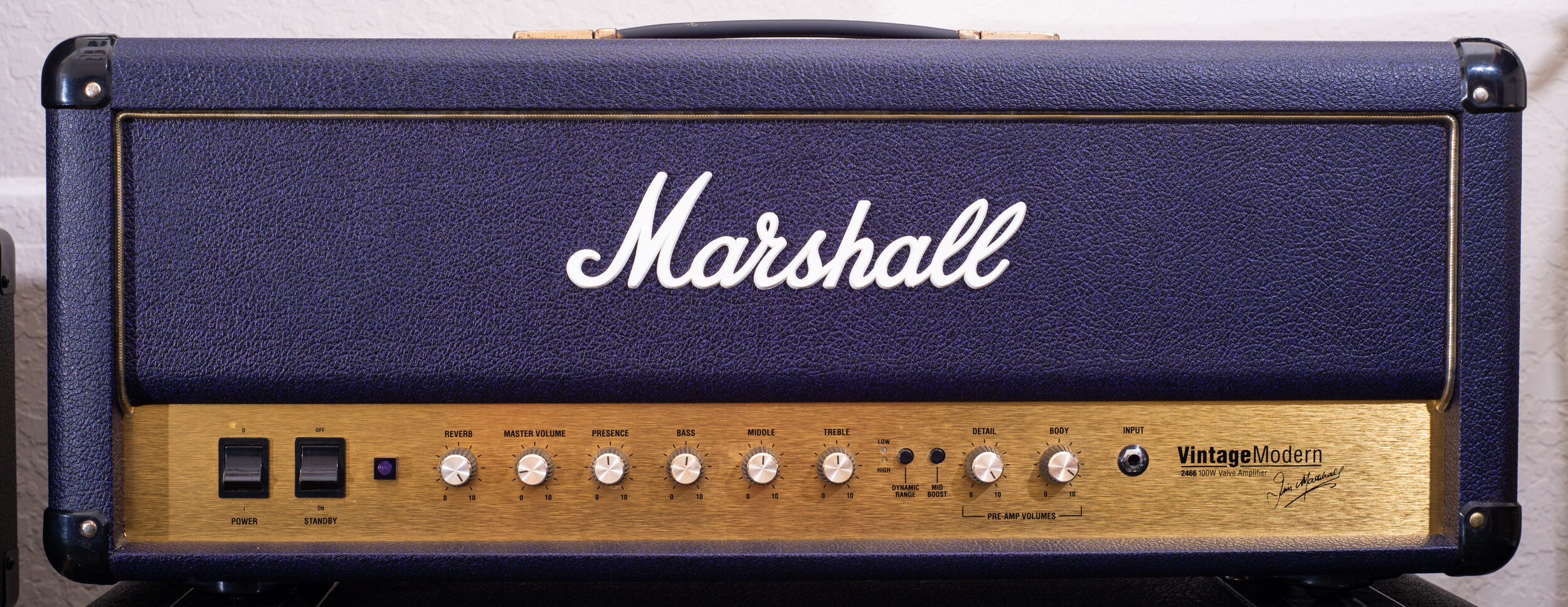I’ve had the Thunderverb, Rockerverb, and Dual Dark for a while now - each has its own thing going, all are pretty modern sounding flavors and I love having the option of playing any of them. People have been telling me to try a single channel Orange like a recent OR50/OR100, or a vintage OR80/OR120. I thought to myself, “how much better could they be?”
Well I am here to say that now that I have gotten an OR50 in my hands, I can’t understate just how good this amp is. I thought the Thunderverb was my favorite of the bunch before, because it did classic tones better. That’s still true, but the OR50 just knocks that one out of the water. Like other single channel, no compromise amps, it lacks a lot of comforts that modern channel switchers have, no effects loop for example, but it certainly makes up for it in tone.
The thing that surprises me the most about this one, is that its core tone and voicing is surprisingly similar to the Dual Dark, when the DD’s mids are turned up. Although the OR50 has a bit less gain, it still has a ton - much more than the Thunderverb - but it also cleans up better than any of the others. Putting the gain right at noon is an amazing edge of breakup sound, one or two notches higher and we’re in classic rock territory. One or two notches lower and it’s crystal clear clean - truly amazing. In fact, I wish I had two, with an ABY switcher, because that would be an incredibly rig all on its own.
I have to mention one of the things that gives this amp so much depth is the “punch” control. This behaves like a presence control but it’s hard to describe, because it doesn’t feel that simple. Maybe it’s a placebo effect or I’m just hearing things, but it sounds like there is more going on - without adjusting the gain at all, even the tiniest adjustment to this control, especially in the mix, can make a tone go from smooth, muted, sludgy, or bright, clear and cutting. With the gain turned up high, this control alone can turn this amp into a 70s fuzz monster, or the turned the opposite direction, into a cutting modern metal tone - and it has a 3-band EQ after that for even further adjustment. I’ve tried some non-traditional settings - ex. turning the treble to max but the punch way down - and gotten some truly incredible sounding and unique tones that I just can’t wait to use for something.
I know it’s still no classic OR80/120 sound, but I really didn’t think it got much better when it came to Oranges until I got this one. This has become one of my most played and most treasured amps - one of the last ones that will ever leave my collection that’s for sure. Next, I need to get my hands on an AD30…







